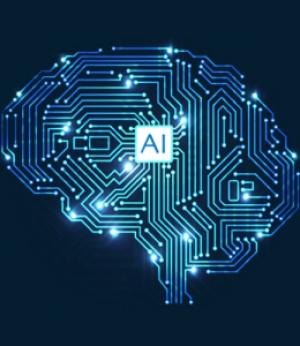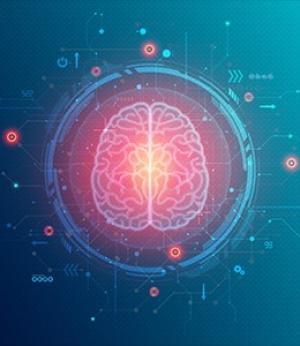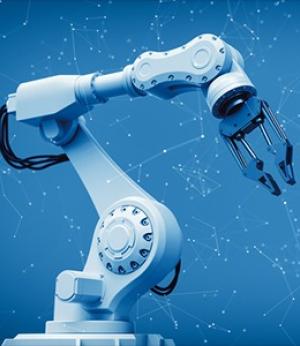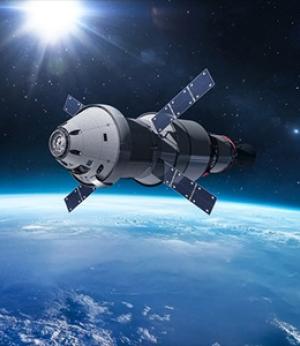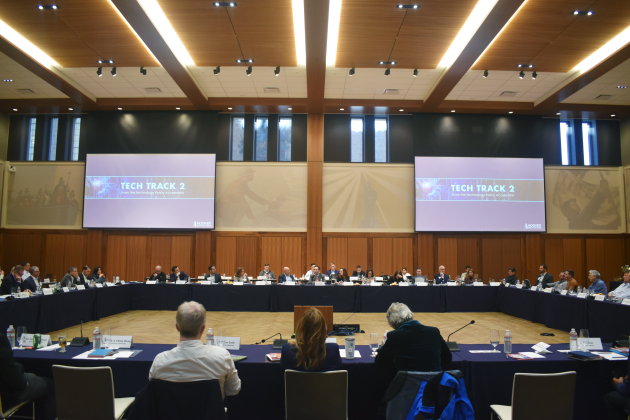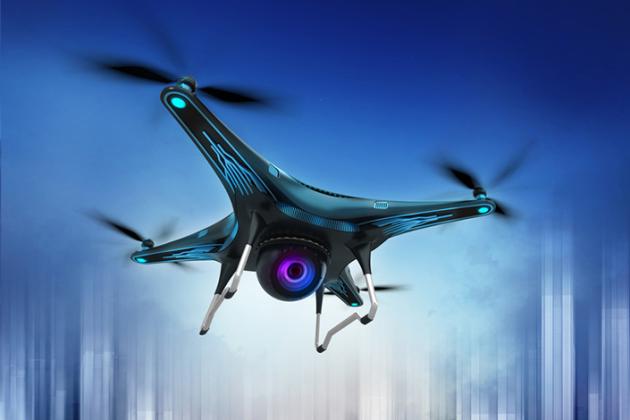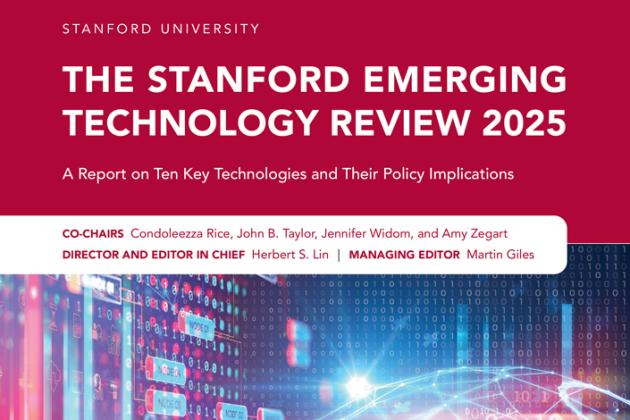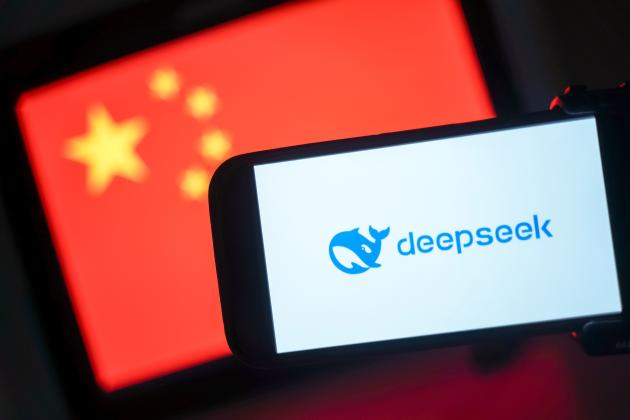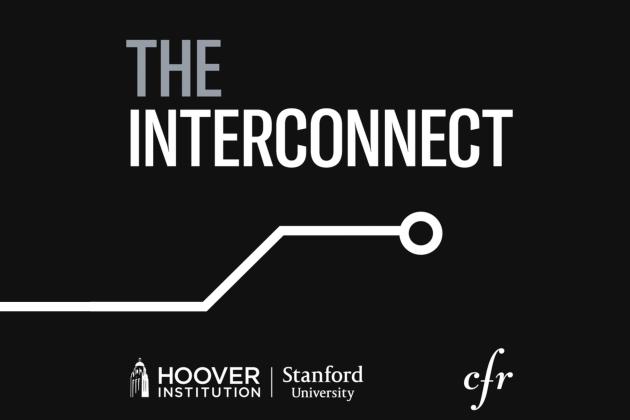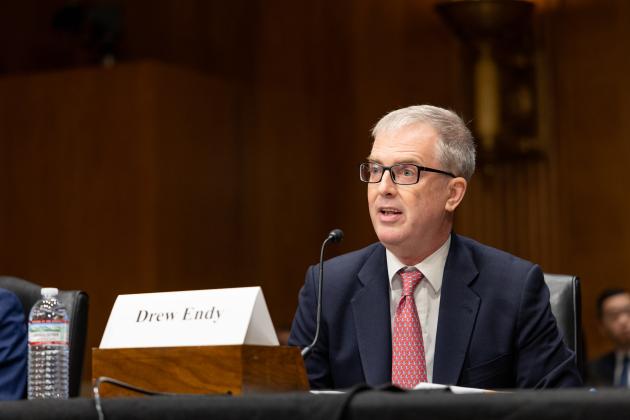Emerging technologies are transforming societies, economies, and geopolitics. This moment brings unparalleled promise and novel risks. In every era, technological advances buoy nations that develop and scale them—helping to save lives, win wars, foster greater prosperity, and advance the human condition. At the same time, history is filled with examples where slow-moving governments stifled innovation in ways policymakers never intended, and nefarious actors used technological advances in ways that inventors never imagined. Technology is a tool. It is not inherently good or bad. But its use can amplify human talent or degrade it, uplift societies or repress them, solve vexing challenges or exacerbate them. These effects are sometimes deliberate but often accidental.
The stakes of technological developments today are especially high. Artificial intelligence (AI) is already revolutionizing industries, from music to medicine to the military, and its impact has been likened to the invention of electricity. Yet AI is just one among many technologies that are ushering in profound change. Fields like synthetic biology, materials science, and neuroscience hold potential to vastly improve health care, environmental sustainability, economic growth, and more. We have experienced moments of major technological change before. But we have never experienced the convergence of so many technologies with the potential to change so much, so fast.
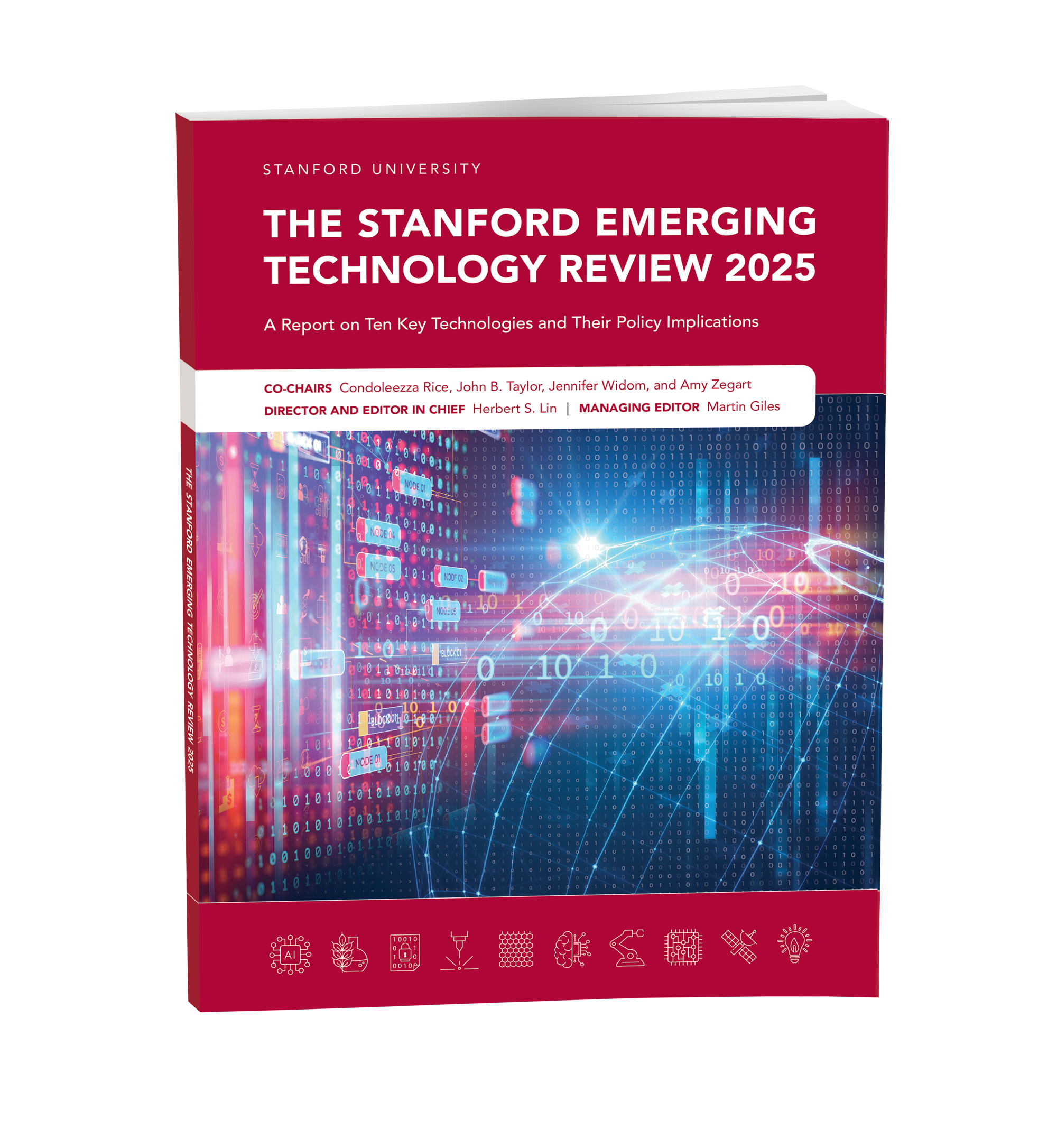
The Stanford Emerging Technology Review (SETR) is the first product of a major new Stanford technology education initiative for policymakers. Our goal is to help both the public and private sectors better understand the technologies poised to transform our world so that the United States can seize opportunities, mitigate risks, and ensure that the American innovation ecosystem continues to thrive.
Our efforts are guided by four observations:
Policymakers need better resources to help them understand technological developments faster, continuously, and more easily.
America’s global innovation leadership matters.
Academia’s role in American innovation is essential yet increasingly at risk.
The view from Stanford is unique, important and needed now more than ever.
This report is intended to be a useful “one-stop shopping” primer that covers ten key emerging technology areas: artificial intelligence, biotechnology and synthetic biology, cryptography, materials science, neuroscience, nuclear technologies, robotics, semiconductors, space technologies, and sustainable energy technologies. While this is nowhere near an exhaustive list of technology research areas at Stanford, these ten fields are rapidly shaping American society today and promise to gain importance in the coming years. We did not publish a report in 2024 because production was postponed until a new administration was in office at the start of 2025.
Ensuring American leadership in science and technology requires all of us—academia, industry, government—to keep listening, learning, and working together. We hope the Stanford Emerging Technology Review starts meaningful and lasting conversations about how an innovation ecosystem benefits us all. The promise of emerging technology is boundless if we have the foresight to understand it and the fortitude to embrace the challenges.


